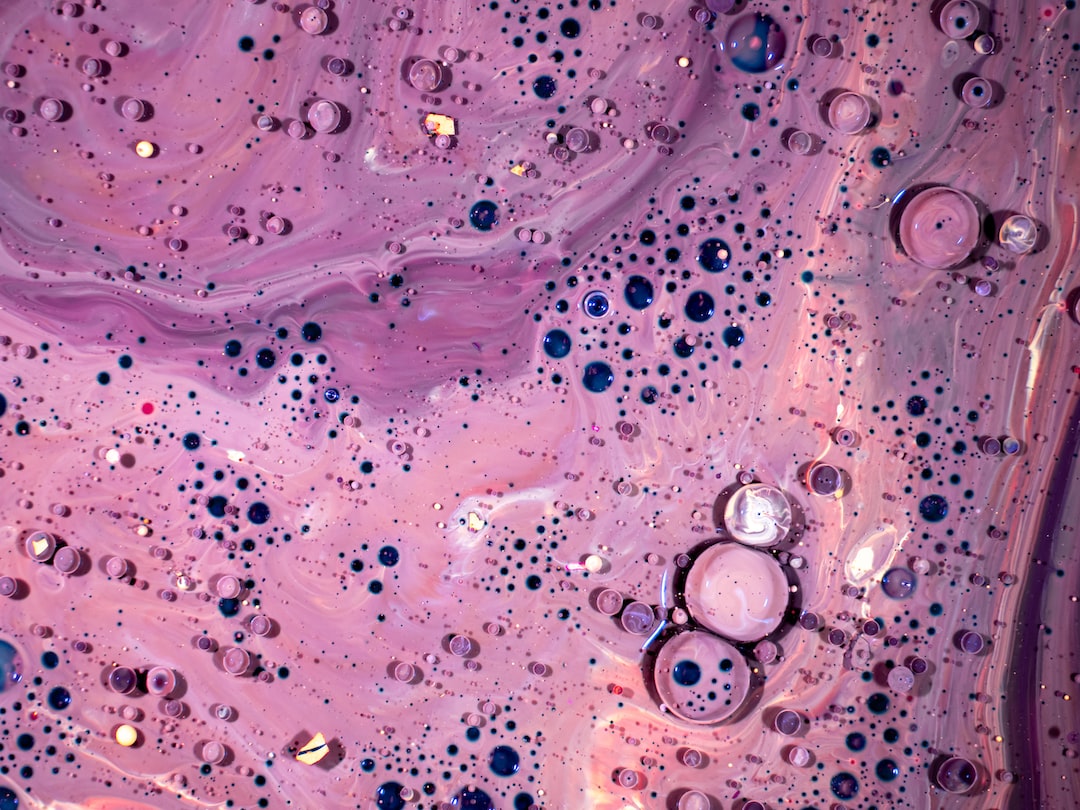The Intersection of Art and Technology: Digital Art and Virtual Reality
Art and technology are two fields that may seem worlds apart at first glance. Art is expressive, emotional, and subjective, while technology is often seen as cold, calculated, and objective. However, there has been a fascinating intersection between these realms in recent years, especially with the rise of digital art and virtual reality. These innovative mediums have opened up new possibilities for artists and have changed the way we experience and perceive art.
Digital art, in its simplest form, refers to any artistic work that utilizes digital technology as a core component of its creation or presentation. It encompasses a wide range of mediums, including digital painting, photography, animation, and interactive installations. One of the key advantages of digital art is its ability to break free from the limitations of traditional materials, allowing artists to experiment with new techniques, visual styles, and concepts.
In the digital art realm, technology serves as both a tool and a medium. Artists can use powerful software and hardware to create intricate and detailed digital paintings or manipulate photographs in ways that would be impossible with traditional tools. Digital art also offers endless possibilities for experimentation and exploration, as artists can easily undo and redo their work, experiment with different color palettes or styles, and collaborate with other artists from around the world.
One of the most exciting developments in recent years has been the integration of virtual reality (VR) into the art world. VR is a computer-generated simulation or recreation of a real-life environment that immerses users in a virtual, three-dimensional world. Artists have quickly recognized the potential of this technology to create immersive and interactive art experiences that transcend the limitations of traditional mediums.
Using VR, artists can transport viewers into entirely new worlds, where they can explore, interact with, and even manipulate the art itself. For example, an artist can create a virtual sculpture that viewers can walk around, touch, and reshape using motion-sensing controllers. This creates a level of engagement and participation that is unique to the VR medium, blurring the boundaries between the observer and the observed.
Virtual reality also offers exciting opportunities for artists to collaborate across disciplines and push the boundaries of what is possible. For instance, a painter can team up with a programmer to create a VR experience that combines the visual elements of painting with interactive elements and soundscapes. This collaborative approach encourages artists to think beyond their traditional practices and embrace technology as a medium for artistic expression.
The use of technology in art also sparks conversations around the role of the artist and the definition of art itself. Some argue that art is inherently human and that technology detracts from the personal touch and emotional connection that comes from traditional art forms. However, others argue that technology expands the possibilities of art, making it more accessible and inclusive.
Digital art and virtual reality have also revolutionized the way art is consumed and shared. With the advent of the internet and social media, artists can now reach a global audience with just a few clicks. Platforms like Instagram, Pinterest, and DeviantArt have become virtual galleries, allowing artists to showcase their work and connect with other artists and enthusiasts worldwide.
Furthermore, virtual reality technology enables art exhibitions to exist in the digital realm, accessible to anyone with a VR headset. This democratizes art and allows people who may not have access to traditional art spaces to experience and appreciate artworks from the comfort of their own homes.
The intersection of art and technology has opened up new possibilities and challenges for artists. It invites us to reconsider our definitions of art and pushes us to embrace innovative mediums and approaches. Digital art and virtual reality are transforming the art world, offering new ways for artists to create, engage, and connect with their audience. As technology continues to evolve, we can only imagine the exciting future where art and technology intersect even further.

